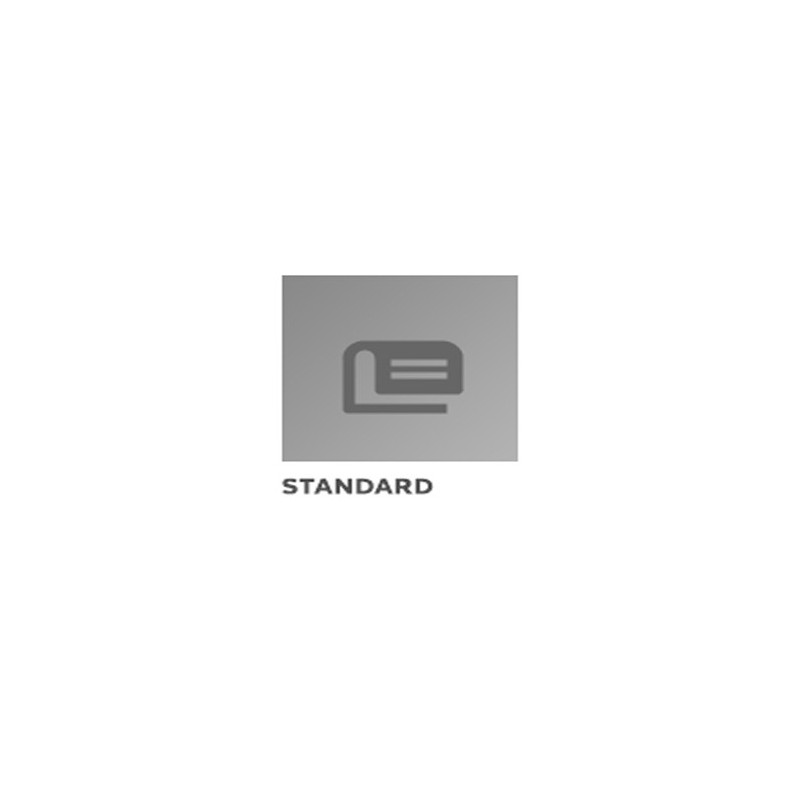Description / Abstract:
This document establishes guidelines for a Reliability
Assessment Plan (herein also called the Plan), in which Electronic
Engine Control manufacturers document their controlled, repeatable
processes for assessing reliability of their products. Each
Electronic Engine Control manufacturer (the Plan owner) prepares a
Plan, which is unique to the Plan owner.
This document describes processes that are intended for use in
assessing the reliability of Electronic Engine Controls, or
subassemblies thereof. The results of such assessments are intended
for use as inputs to safety analyses, certification analyses,
equipment design decisions, system architecture selection and
business decisions such as warranties or maintenance cost
guarantees.
This Guide may be used to prepare plans for reliability
assessment of electronic engine controls in which, typically, the
impact of failure is high, the operating environment can be
relatively severe and the opportunity to improve the equipment
after the start of production is limited. In this and similar
industries, accurate estimates of expected equipment reliability
are necessary prior to the start of production. This guide was
initially produced in response to the recognized need for
alternative reliability assessment and prediction methods in the
wake of the decline in the availability of mil-spec parts and the
declining use of military specifications and handbooks.
Since the original publication of this document, a more advanced
approach to handbook prediction has been developed, re-introducing
this assessment method as a more viable option. This re-issue
describes recent handbook advances while also highlighting a number
of emerging reliability risks resulting from advances in electronic
component development.
The approach to reliability assessment in this Guide:
• Encourages the equipment manufacturer (the Plan owner) to
consider all relevant information regarding equipment reliability
which may include the effects of design and manufacturing process
as well as component selection issues. This is in contrast to more
traditional methods that focus on component reliability as the most
significant contributor to the equipment reliability.
• Encourages the equipment manufacturer to define and use the
processes that are most effective for the manufacturer's own
equipment. This guide does not attempt to prescribe a set of
acceptable data, algorithms, methods, or equations to be used in
reliability assessment, but rather to provide a ‘toolbox' of
complementary assessment methodologies based upon a number of
current practices.
• Describes a continuous process, in which a reliability
assessment can be updated as more information becomes available
during the equipment life cycle. This information may be used to
improve both the reliability of the equipment and the effectiveness
of the assessment process.
Reliability assessment results should be viewed as objective
evidence that it is expected the product reliability requirements
and goals will be satisfied, by the proposed design. As such, they
may be used, for example, to authorize advancement to the next step
in product development, or to authorize progress payments, or to
proceed with delivery and acceptance of products. Reliability
assessment results should never be used to support a claim that the
reliability requirements, goals, or expectations have been
satisfied, in the face of clear evidence to the contrary from
in-service experience.
Traditional approaches to reliability assessment, including
Handbook Predictions and Durability Analysis described herein,
primarily address unreliability resulting from hardware defects
within the equipment. It is not the intention of the ARP to provide
methods and processes to specifically address software and system
reliability issues but it is recognized that system and software
design errors contribute to product unreliability and that the use
of Similarity Analysis, for instance, can encompass these sources
of unreliability.
This SAE Aerospace Recommended (ARP) Practice is intended as a
guide towards standard practice and is subject to change to keep
pace with experience and technical advances.


